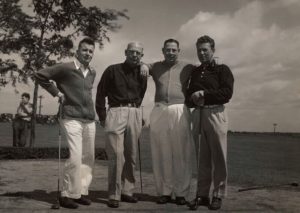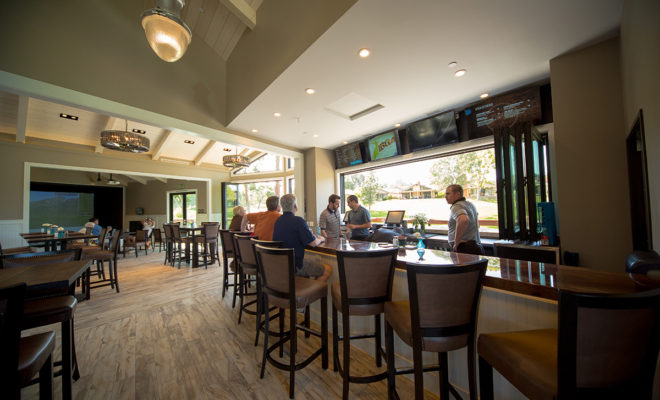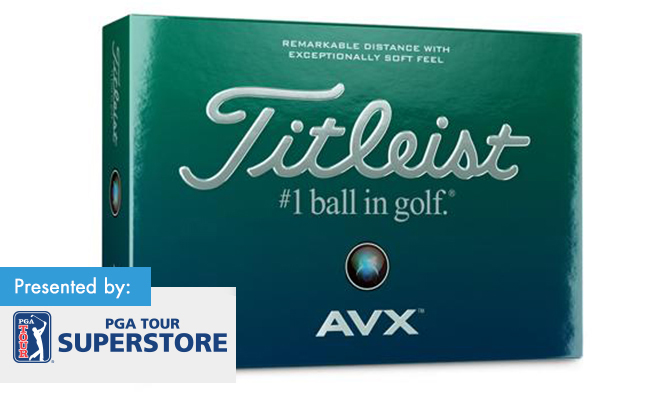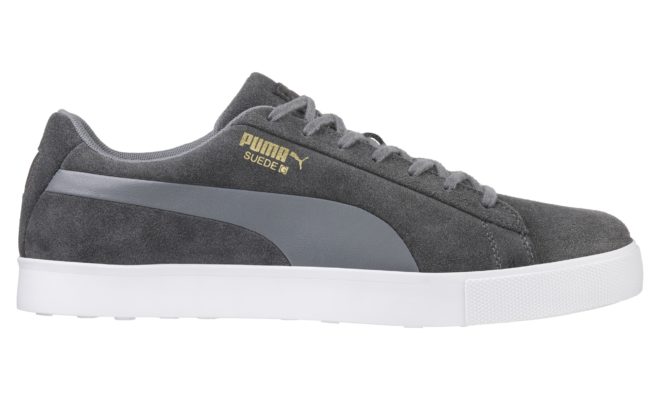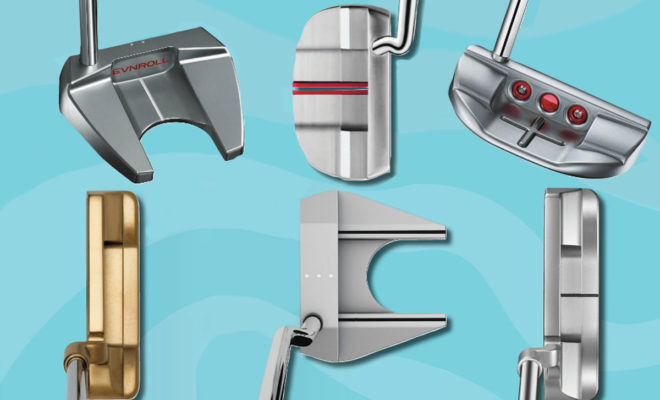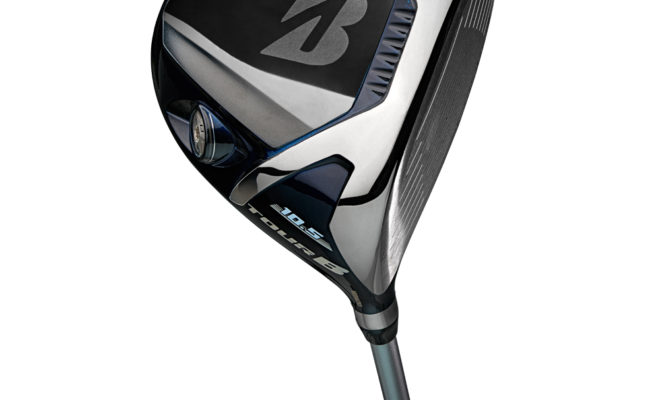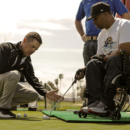Handled with care
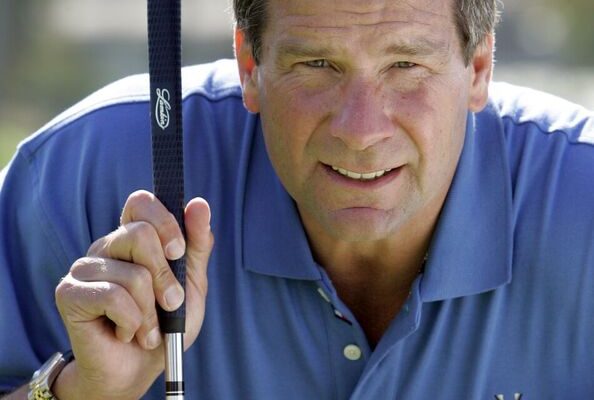
SCGA member Bob Lamkin is president and CEO of Lamkin Grips. A 4-handicap player, he is a member at both San Diego Country Club and The Santaluz Club in San Diego. FORE Magazine recently caught up with him to discuss his company’s 90th anniversary this year, as well as the viscera of the grip market.
What has stayed consistent at Lamkin Grips through the 90 years?
Well, it’s stayed within the family — that’s one constant. This is our third generation of the family running this business. We’ve understood who we are as a company, understood our customers, and been good listeners — all through Lamkin’s history. We’ve primarily been a private label manufacturer for club OEM’s across the world. We’ve evolved by listening to our customers, developing grips for the manufacturers that are consistent with their development needs for their new models. What’s really important is that with each generation, there’s a rebirth of the company, because your business model always evolves. If my dad tried to run Lamkin the way my grandfather did, we’d probably have failed, because every grip back then was leather. Dad knew we had to evolve into rubber products. The same was true with me, that if I tried to keep the business my father had, if we didn’t go global with our manufacturing, develop a very in-depth R&D team, I probably wouldn’t have been successful either. So we’ve been consistent, yet with each generation there’s been a rebirth to meet the needs and expectations of the golf industry.
How do you think your grandfather would embrace today’s technology and materials, in making grips?
Knowing my grandfather, at first he’d be in denial because he always felt no one would play anything other than a leather grip. But he would be very proud of how Lamkin has longevity within our family and how we’ve evolved into such a diversified line.
You have some powerful players on your TOUR staff. How do you use them to promote the brand?
We went out and got players who personified what we’re all about. They were already playing our grips. They’re PGA TOUR ambassadors for us. Arnold Palmer has been our spokesman for about 20 years. But our players have been part of our marketing strategy in developing the different grips we want the public to know about, and also developing the brand. We have more players using our grips on TOUR than ever. That’s a testament to the product development we’re doing, the new materials and the new surface patterns.
After one of your ambassadors gets new clubs, what’s the process of getting Lamkin grips on those clubs?
A good example is Keegan Bradley, who plays our Crossline full-cord grips. Every grip in his bag is spec’d out at exactly 53 grams. So when he’s trying out new clubs with Cleveland and Srixon, our grips are in their TOUR trailer, in their manufacturing facility in California, and in his home. So whenever he’s trying a new shaft or club, whoever’s making that club for him has his grip on hand at all times.
How often do TOUR pros change their grips?
Brandt Snedeker is the extreme. He hits a lot of balls, and changes his grips about every six weeks. That’s unusually high for a TOUR pro. Most pros change grips about two or three times a year. But remember how often they’re practicing; for golfers playing once a week and practicing once a week, changing grips once a year is practical.
What kind of golfer is the new Wrap-Tech grip best for?
The Advanced Cohesive Elastomer (ACE) material we developed fits perfectly into the Wrap-Tech molding process. The byproduct for players is that they get an ultra-tacky grip with durability, and its surface pattern allows the player in any weather condition to have material that performs consistently. That gives golfers a very secure grip without any tension. Our material development, in conjunction with surface patterns, allows us to make grips that help golfers play more consistently. The lighter your grip pressure is, the more freely you can swing and turn. If you’re choking the grip because it’s too worn, improperly sized, or you think it will slip in your hands, you’ll load up grip pressure and that’s not a good thing. So the goal with our new grips and the ACE material is to be able to allow golfers to have a confident grip so they can move their arms and generate more club head speed and more control over the club.
New grips are still the least-expensive equipment upgrade someone can make. In your mind, how can they instantly help someone’s game?
The grip should be maintained on an annual basis. When they’re too slick or improperly sized, it affects your confidence when you’re playing. The only connection you have to a club is your hands and the grip. Having grips that allow a player to swing confidently is key. Even if you have multiple-sized grips on clubs across your set, you’re going to get a different feel. This is an overlooked area, but it’s a very critical part of your performance, to pay attention to grips. For the cost of re-gripping, it’s a very inexpensive fix to play better golf.
How often do you upgrade your grips?
I’m always tinkering. I change three times a year. If I’m traveling to places with different weather conditions, I’ll put on a fresh set of tacky grips. Right now I’m torn between our UTx and our Wrap-Tech. I have UTx on my woods and Wrap-Techs on my irons. The ACE material is in both, and it has a distinct feel.

